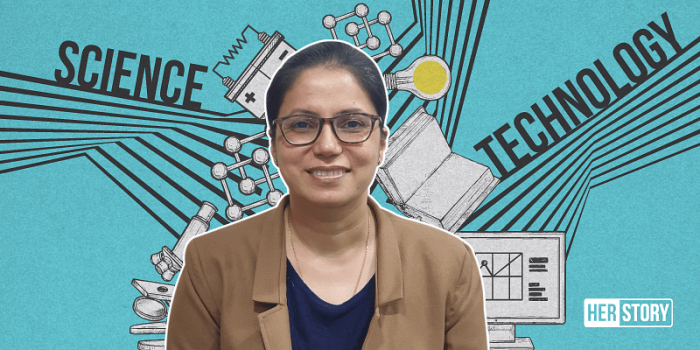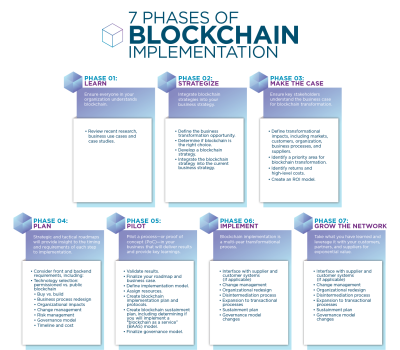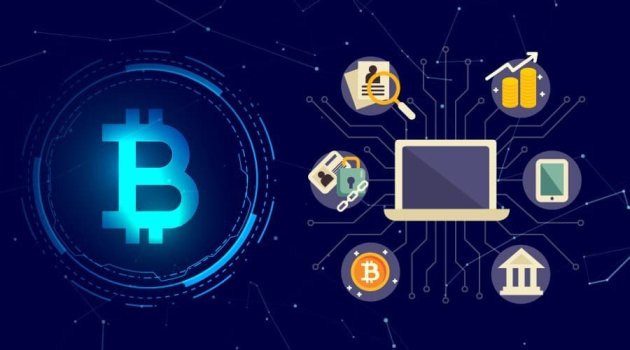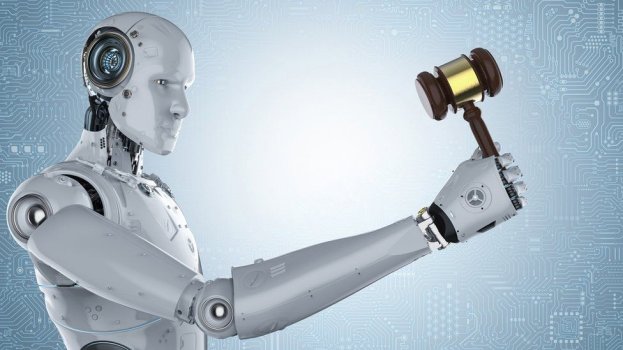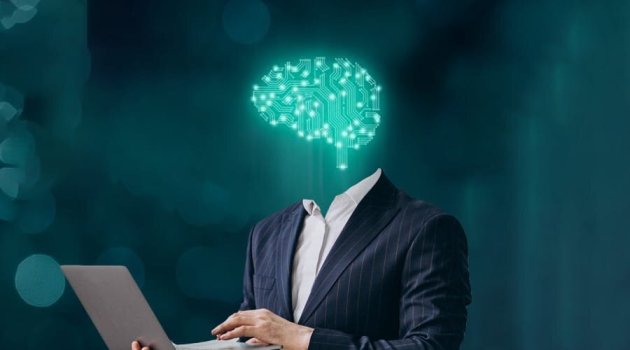How IBM is using digital twins to optimize AI
- Technology Solutions
- 0 Replies
Everyone is familiar with IBM’s leadership in IT, AI, and cloud services. It also happens to be one of the leading providers for Enterprise Asset Management software through its Maximo line of software and services. These tools help manage large machines, like factories, powerplants, and heavy equipment.
Now, with the rise of digital twins, IBM is pivoting this business as an onramp to bringing intelligence, agility, and efficiency to a wide range of industries. The company has gone so far as to declare “You cannot have AI without Digital Twin.” The new IBM digital twin exchange promises to create an app store for the digitization of the physical world that brings together enterprises and various services and tools providers.
Welcome to the era of Data Commerce- Activate the full potential of data ecosystems to drive net new value for your business 1
We caught up with Lisa Seacat DeLuca, distinguished engineer and director of Emerging Solutions at IBM, who leads IBM’s digital twin research. She is also the most prolific woman inventor in company history; she has filed more than 800 patent applications and had over 600 granted.
Her team develops tools that are changing how engineers and technicians do their jobs by combining digital twins, AI, and IoT technologies and allowing organizations to share expertise across common assets.
She has also published two children’s books for geeky kids, “The Internet of Mysterious Things” and “A Robot Story.”
Continue reading: https://venturebeat.com/2021/08/16/how-ibm-is-using-digital-twins-to-optimize-ai/
Now, with the rise of digital twins, IBM is pivoting this business as an onramp to bringing intelligence, agility, and efficiency to a wide range of industries. The company has gone so far as to declare “You cannot have AI without Digital Twin.” The new IBM digital twin exchange promises to create an app store for the digitization of the physical world that brings together enterprises and various services and tools providers.
Welcome to the era of Data Commerce- Activate the full potential of data ecosystems to drive net new value for your business 1
We caught up with Lisa Seacat DeLuca, distinguished engineer and director of Emerging Solutions at IBM, who leads IBM’s digital twin research. She is also the most prolific woman inventor in company history; she has filed more than 800 patent applications and had over 600 granted.
Her team develops tools that are changing how engineers and technicians do their jobs by combining digital twins, AI, and IoT technologies and allowing organizations to share expertise across common assets.
She has also published two children’s books for geeky kids, “The Internet of Mysterious Things” and “A Robot Story.”
Continue reading: https://venturebeat.com/2021/08/16/how-ibm-is-using-digital-twins-to-optimize-ai/






